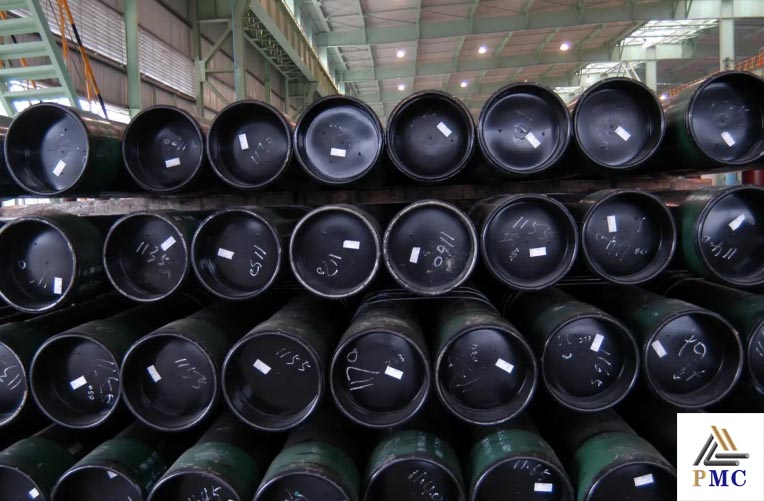
What is Casing Drilling?
Development History:
As early as the 1950s, some people thought of using casing instead of drill pipe to complete drilling operations, but due to the limitations of the technology and equipment at the time, it was difficult to realize this idea. In the 1990s, due to the great development of new technologies, new materials, and electronic technologies, the continuous development of oil extraction technology was promoted. A large number of new drilling techniques, new tools, and new equipment emerged. Casing drilling technology was once again promoted. come out. Texco of Canada drilled the first test well for casing drilling in 1996. The well was a test site well, which was drilled 150 meters with 95/8" casing. By the end of 2000, Texco had completed the use of casing drilling technology. More than 20 development wells have been established and good economic benefits have been achieved.

Compared with conventional drill pipe drilling, casing drilling has obvious advantages. It is a technological revolution in drilling engineering, and it can bring huge economic benefits to oilfield operators. Casing drilling has the following characteristics:
2. The bottom hole assembly is installed at the lower end of the casing string and can be quickly taken out through the inside of the casing with a wire rope. The continuous mud circulation can be maintained during the removal process;
3. During the entire drilling process, keep the casing straight to the bottom of the well to improve well control;
4. The casing is only drilled into the formation in one direction and no longer comes out. Unless the well is confirmed to be a dry well after the well is completed, the last casing string may have to be lifted out;
5. Casing drilling can use many existing drilling technologies, such as directional drilling, cement injection, logging, coring, and well testing operations;
6. Compared with the original application of these technologies, the main difference is that it no longer relies on drill rods, but relies on steel wire ropes to replace drill bits;
7. Casing drilling is performed using standard oilfield casing. The only difference is that the casing coupling or thread needs to be improved to provide the required torque for drilling; the thread used by Tesco when drilling the first test well is (Hydrill 511 Premium Thread), and the coupling uses Modified Buttress Coupling.
Advantages of using casing pipe drilling:
1. Reduce the time of tripping and drilling. It is about 5-10 times faster to use a wire rope to lift and change the drill bit than a traditional drill rod;
2. Save the cost of procurement, transportation, inspection, maintenance and replacement related to drill pipes and drill collars;
3. Because there is always a casing in the wellbore, there is no longer a pumping effect on the wellbore when the drill pipe is pulled down, so that the well control condition is improved;
4. Eliminate the swabbing effect and pressure pulsation caused by lowering the drill pipe;
5. The continuous mud circulation can be maintained when the drill bit is lifted with the wire rope, which can prevent the accumulation of drill cuttings and reduce the occurrence of well kick;
6. Improved the annulus up and down speed and the condition of cleaning wellbore. When the mud is pumped into the casing, the inner diameter is larger than that of the drill pipe, which reduces the hydraulic loss, thereby reducing the power of the drilling rig's mud pump. When the mud returns from the annular space between the casing and the well wall, due to the reduction of the annulus area, the upward return speed is increased, and the carrying out of drill cuttings is improved;
7. It can reduce the size of the rig, simplify the structure of the rig, and reduce the cost of the rig. The reasons are as follows:
(1) The improvement of hydraulic parameters reduces the demand for drilling rig mud pump power.
(2) The second-tier platform and the drill rod box for discharging drill rods can be eliminated,
(3) No longer use drill rods,
(4) Casing drilling is based on a single casing, and it is no longer necessary to use a vertical drilling method similar to double or three drill pipes. Therefore, the height of the derrick can be reduced and the weight of the base can be reduced; for deep well drilling rigs , To build a drilling rig based on single drilling, the structure and weight of the derrick and base are much simpler than those based on standing drilling;
8. The drilling rig is lighter and easier to move and operate. The amount of manual labor and costs will be reduced;
9. According to Tesco's calculations, drilling a 10,000-foot well can save about 30% of drilling time.
Go here to learn more about "Casing Pipe Manufacturing Process"


